When WeRide made plans for its initial public offering (IPO) in early August, the company did not anticipate any glitches. However, the IPO deadline looms, and the self-driving technology company struggles with updating transaction documentation.
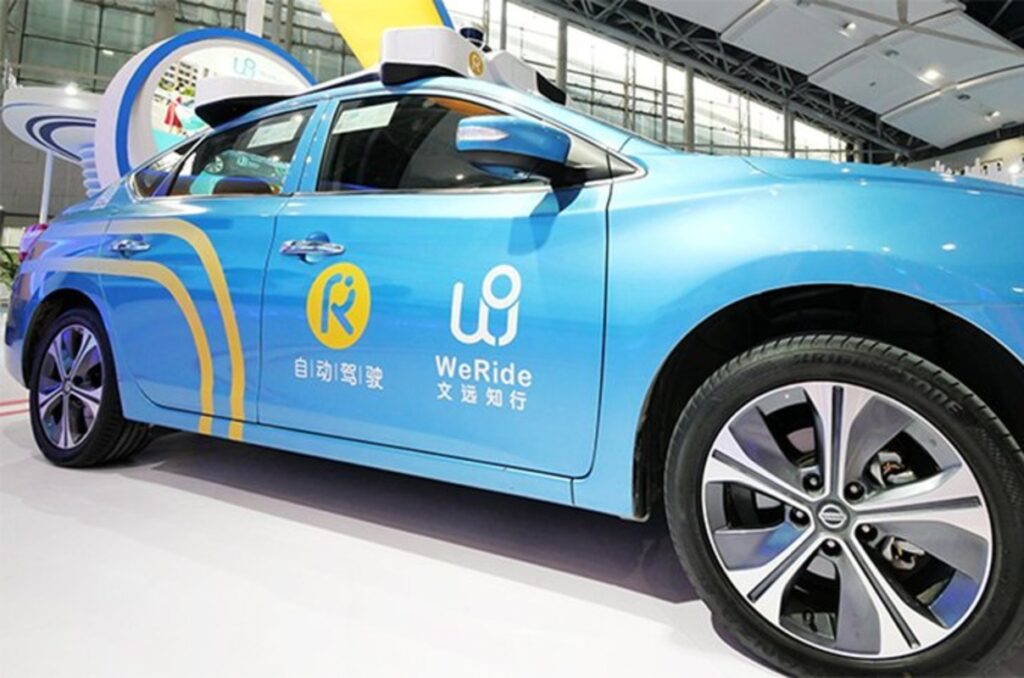
The deadline in question involves the expiration of Beijing’s approval for WeRide funding to list on the U.S. stock market. Apparently, companies founded outside the United States require approvals from their domiciliary nation before listing on the NYSE or Nasdaq.
Economic and geopolitical analysts are watching how the WeRide IPO plays out. The self-driving cab company would be the next big thing with Chinese ties to blossom on American soil. So, the world waits to see how welcoming the U.S. would be of this technology startup with ties to its archrival.
WeRide’s filing with the Securities Exchange Commission proposed the IPO would involve 6.5 million American depositary shares (ADS). The target is to raise $440 million, with each unit of the ADS going for between $15.50 and $18.50.
Is WeRide a Startup?
WeRide is just one of China’s many autonomous driving startups. The company’s short history is full of twists and diversity. A former lead scientist at the autonomous driving division of the company’s short history isonomous technology company in 2Tony Xu Han, a17.
Though the company toBaidu’soff in Silicon Valley, Han dn the Cayman Iercial face of WeRide operation was its robotaxi services, which started running in Guangzhou, China in 2019.
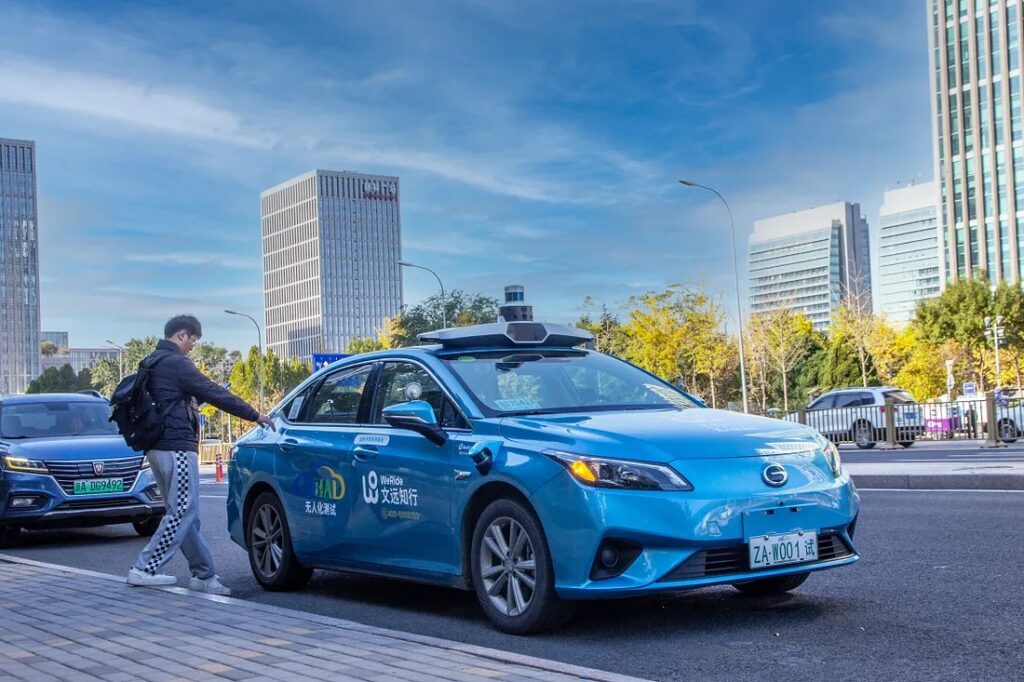
WeRide started as a software company that makes technology that powers driverless vehicles. However, it has since proceeded to commercialization by developing five distinct products from its WeRide AI software solutions.
Robotaxi
A ride-hailing service is already available to the public in some parts of the world.
Robobus
This is an autonomous driving bus tour service.
Robovan
This exploits the power of WeRide AI to provide autonomous delivery services.
Robosweeper S1
Imagine a street sweeper that does not need a human operator. This product has passed open street sanitation tests in China.
WePilot
This is a bespoke software solution for mass production of autonomous vehicles, it runs on the algorithms from the WeRide AI line.
ALSO READ: U.S. and China Sign Agreemass-producing on Financial Stability
Where Does WeRide Operate?
The company operates its robotaxi services in China and the United Arab Emirates. These two countries have given the hailing service the regulatory license required to run autonomous driving services to the public. Besides, China seems to be intentionally giving its autonomous driving startups a fill day with their technology deployment. This is probably a ploy to help the country become a leader in that industry.
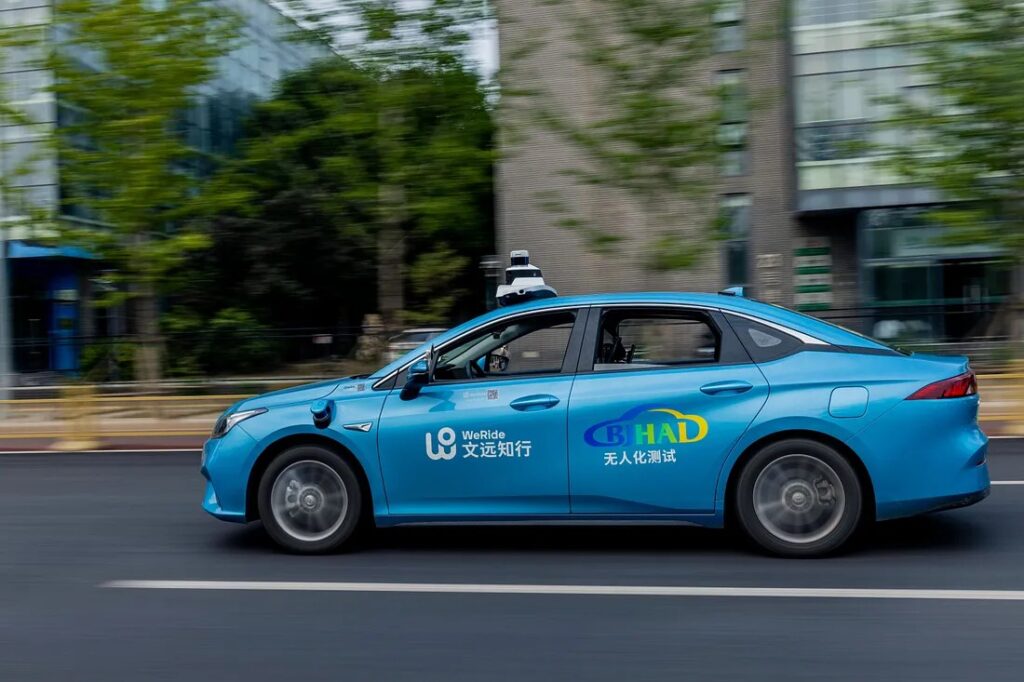
WeRide also has a presence in the United States, however, its operations are not commercial. For example, the company has 14 vehicles authorized by California regulators to be tested on the state’s courseways without a safety driver.
WeRide’s robotaxis in California is one of seven driverless car solution companies allowed to test their products on the streets. However, these driverless cars are not yet available to the Californian public. Nonetheless, WeRide has successfully completed about 40,000 driverless test drives within California.
Despite having international operations, a large percentage of WeRide staff are in China. The company does all its research and product development from there.
What is the Valuation of WeRide AI?
PitchBook, a platform that tracks the value performance of startups, has recently valued the autonomous driving company at roughly $5 billion. Before moving to offer the WeRide IPO, the software company raised a total of $1.4 billion from investors like Nvidia, Robert Bosch, Mitsubishi Motors, Renault Group and Nissan Motor.
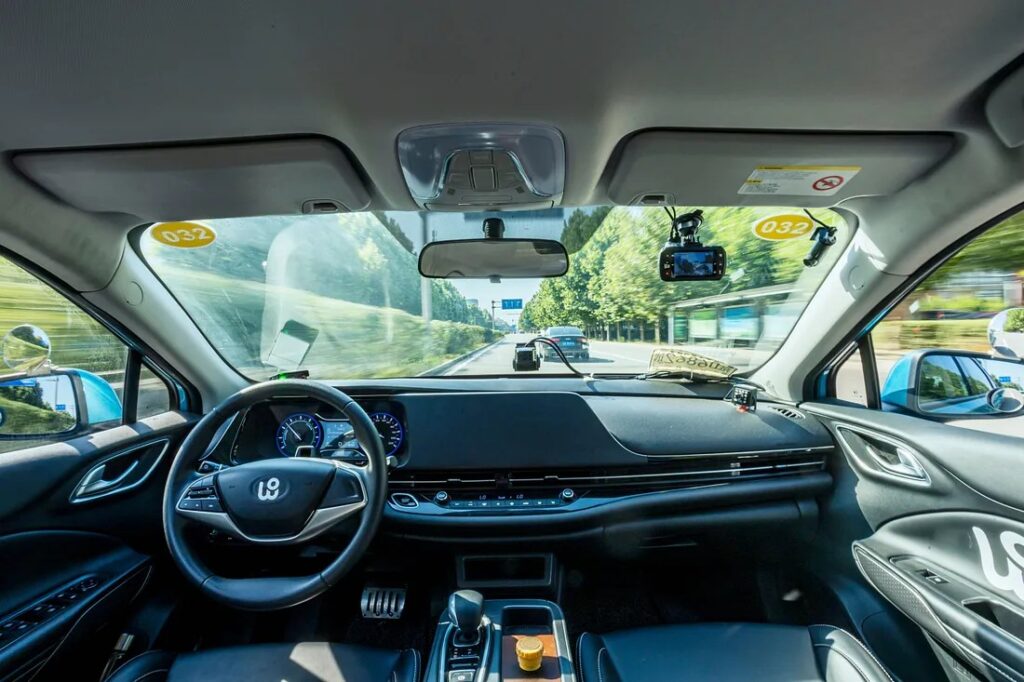
However, the company is trying to float an IPO to strengthen its capital base further. Most of WeRide AI’s revenue goes into research and development. Indeed, the company ran into losses amounting to $268 million in 2023 despite generating $55 million in revenue.
The WeRide funding for a Nasdaq listing, plagued by documentation delays, indicates that something is significantly wrong with the Chinese stock markets. Chinese startups are encountering all sorts of red tape when they try to raise funds from local investors. Reports have shown that the number of IPOs in mainland China dropped by 75% in 2024 Q1 alone.
So, it’s the devil and the deep blue sea for most Chinese startups because raising funds in other ripe economies like the United States is not easy either. There are instances of regulatory bans, thanks to the Beijing-Washington rivalry. Indeed, the few Chinese companies that secure approval to list their IPO with the US SEC are rushing to get it done before the November elections. A political transition may snap that gate shut.
What is a Robobus?
The Robobus is a product of WeRide, in collaboration with the Yutong Group. The project consists of fully driverless buses, intended for tours and urban mobility.
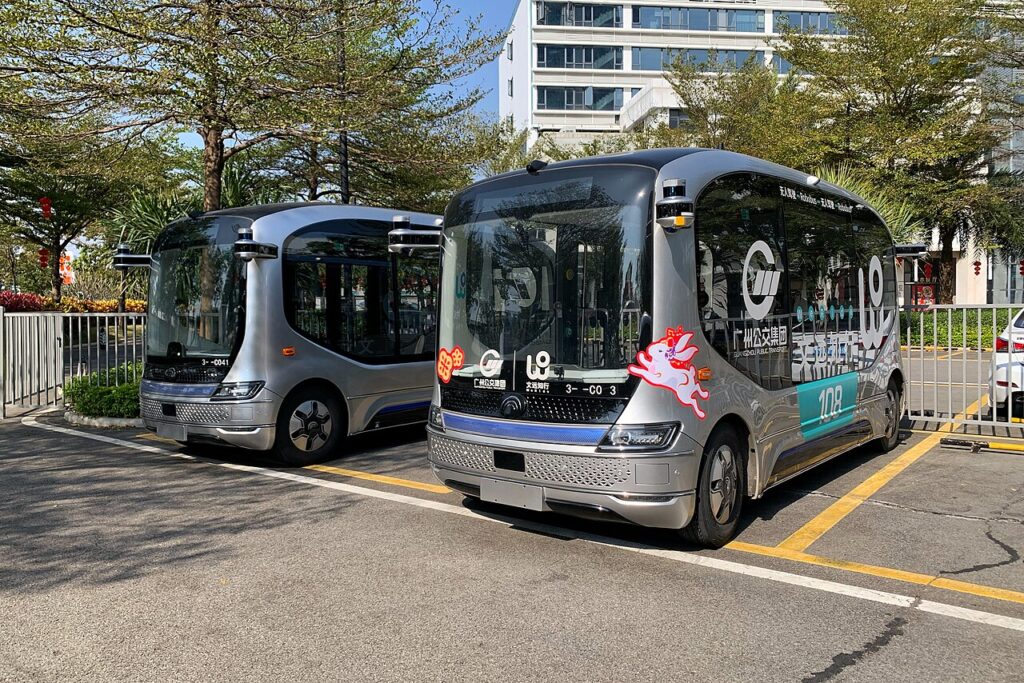
The debut design of WeRide’s Robobus has no driving wheel nor driver cabin. Instead, it provides passengers with a fully autonomous driving experience. The Robobus runs at a maximum speed of 24.85 mph.
You Might Also Like:
How Total Costs Compare and Why Location Matters for Owners of Gasoline and Electric Cars
Philadelphia Fed President Harker Calls for Federal Interest Rate Cut in September
Global Bond Traders Look for Protection Against Inflation Risks
Half a Million People Face 60% Tax Trap After Earning £100,000

